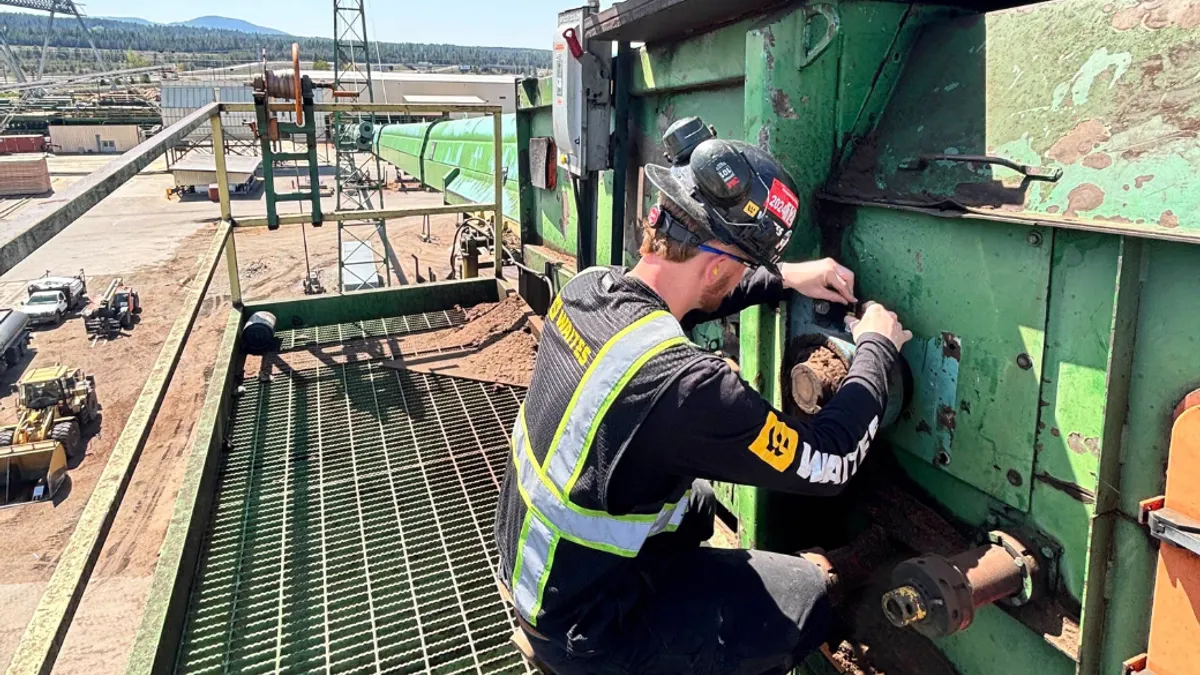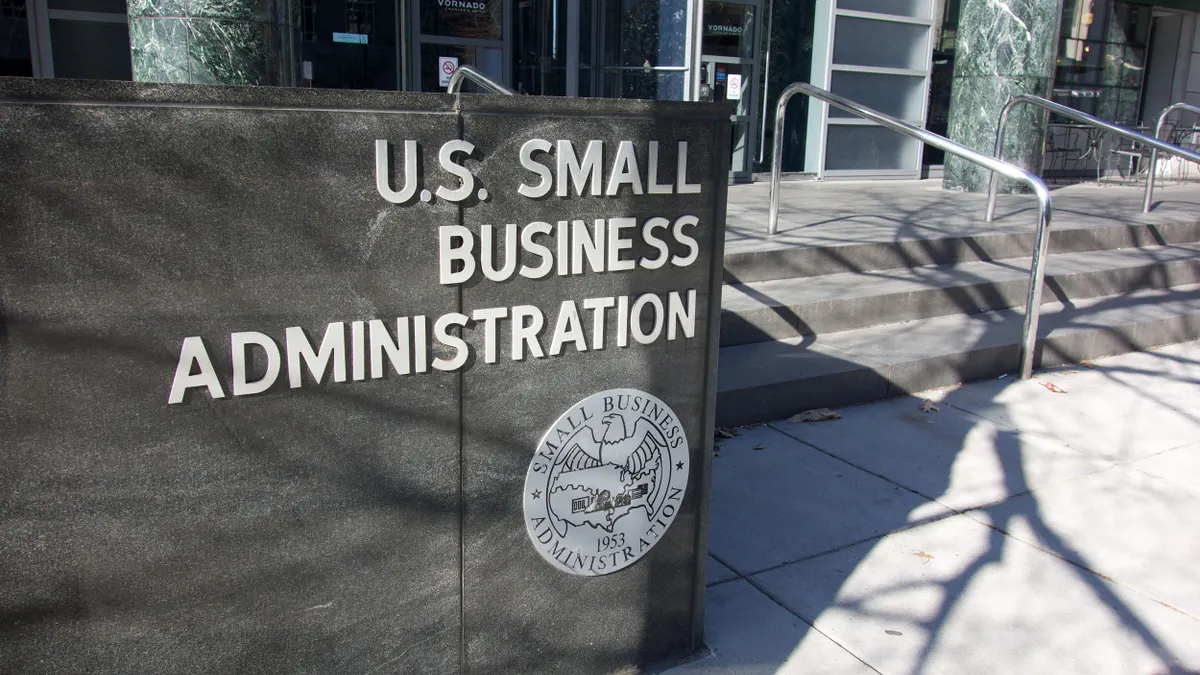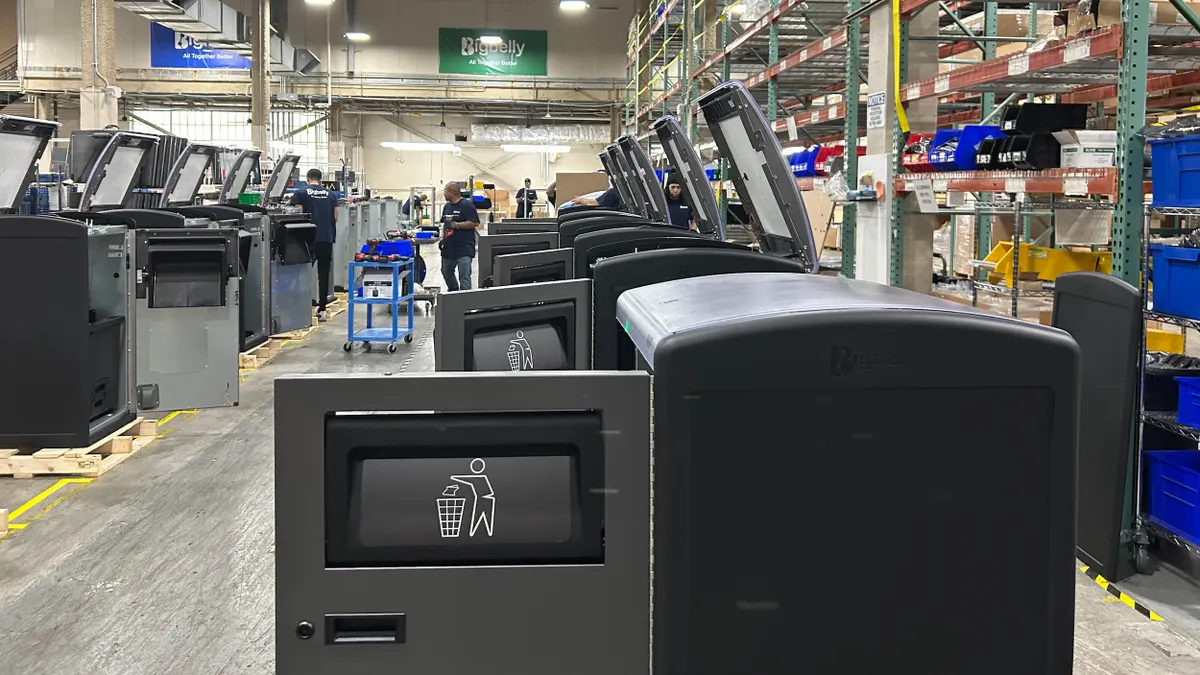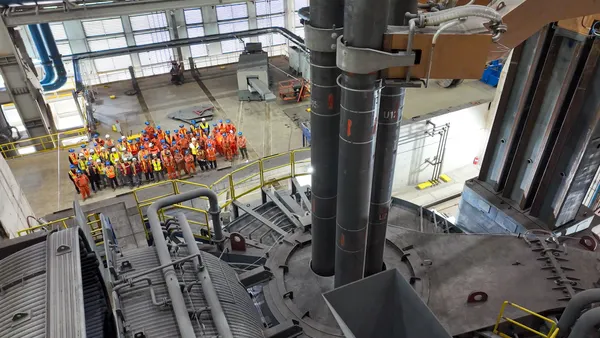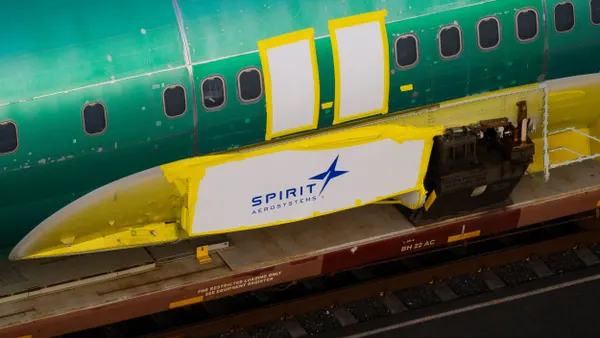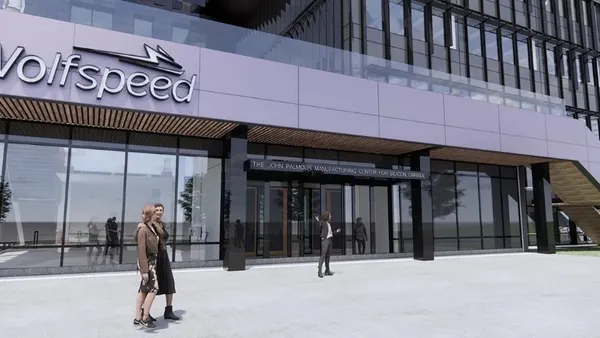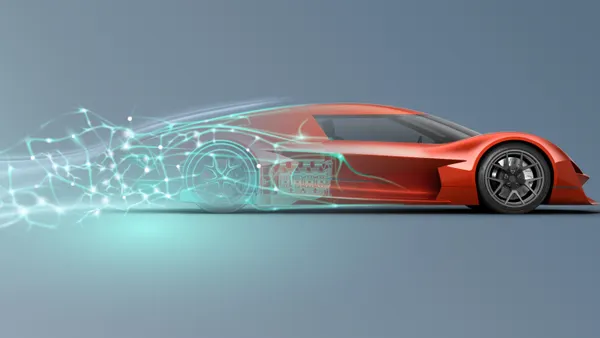Over the next decade, more than 2.8 million U.S. manufacturing jobs are expected to open due to retirements (NAM, Facts About Manufacturing). Many of those workers carry decades of hard-earned, hands-on knowledge that can’t be replaced overnight. For maintenance and operations leaders, the challenge is urgent: how do you protect uptime and reliability when the expertise that once lived on the shop floor is walking out the door?
The Hidden Cost of Knowledge Loss
Plants have long depended on tribal knowledge. Veteran technicians could hear an imbalance before a gauge picked it up, or anticipate a failure by touch alone. As those experts leave, manufacturers face three risks that are already familiar across the industry:
- More unplanned downtime when subtle warning signs go unnoticed
- Higher costs from emergency repairs, scrap and wasted parts
- Slower scaling when fewer staff are expected to manage more assets
A Deloitte and Manufacturing Institute study found that 3.8 million jobs will need to be filled by 2033, yet as many as 1.9 million could remain vacant. For manufacturers already operating with thin margins, this poses a significant threat.
The Solution: Predictive Maintenance
Predictive maintenance (PdM) is a modern approach to reliability that monitors equipment in real time. Instead of waiting for a breakdown or relying on rigid schedules, PdM forecasts issues weeks or even months in advance, giving teams the chance to act before failure.
Beyond equipment health monitoring, PdM’s strategic advantage is multiplying human expertise. By combining IIoT sensors and AI with analyst oversight, PdM helps manufacturers capture the wisdom of retiring workers and make it available everywhere:
- Patterns that once took decades to recognize are now flagged instantly by models trained on trillions of data points.
- Remote analysts can watch over equipment around the clock, flagging risks without adding headcount.
- Each alert doubles as a teaching moment, helping junior technicians understand what’s wrong, why it matters and how to respond.
Instead of replacing intuition, PdM preserves it—scaling the instincts of senior technicians across the enterprise.
Compounding Intelligence That Never Retires
Every technician builds instincts over time. The problem is, when they retire, much of that wisdom leaves with them. PdM changes that dynamic.
With every sensor reading, every analyst review and every maintenance resolution, the system itself gets smarter. Machine learning models are continuously refined, and analyst feedback keeps them grounded in real-world conditions. This creates a living, compounding knowledge base that doesn’t retire, and that intelligence translates into workforce leverage:
- Smaller teams cover more assets without burning out
- Spare parts are used more efficiently, since failures are intercepted early
- Workforce costs stabilize, as companies avoid over-hiring just to keep up
Once the data is collected, analysts review and highlight what needs attention—adding another layer of experience to the system’s growing intelligence. Their input helps translate complex signals into clear, prioritized insights. From there, the system presents the issue in straightforward terms, so technicians can validate, act, and move on—confident they’re focused on what matters most.
From Downtime Prevention to Workforce Strength
While preventing failures is critical, the broader impact of PdM is on people. It enables leaner teams to work more strategically, compresses the time it takes to onboard new technicians, and ensures that knowledge is shared rather than siloed.
- Expertise flows across facilities instead of staying locked in one person’s head
- Maintenance hours are directed toward the highest-value tasks
- Each resolved alert adds to the enterprise playbook, strengthening the system
Reliability becomes less dependent on who happens to be on shift, and more about the infrastructure of insights and guidance available to every technician.
The Right Combination: Hardware, Software and Human Expertise
Instead of firefighting to replace every critical role, leaders can bridge the gap with a powerful combination of advanced technology and human expertise to create a force multiplier.
Resilient, future-ready manufacturers are finding success with these three pillars:
- Hardware: Modern sensors that monitor vibration, temperature and other key equipment health indicators in real time, feeding a steady stream of high-quality data.
- Software: Advanced AI and analytics platforms that sift through millions of data points, identifying subtle anomalies and predicting failures before they occur.
- Expert Analysts: Reliability engineers and condition monitoring specialists who validate AI findings, provide context and translate insights into actionable recommendations.
Rather than replace retiring technicians, this trio augments the workforce that remains. Where intuition and tribal knowledge once lived in the ears and hands of seasoned employees, hardware captures those signals, software translates them and analysts ensure accuracy. The result is a scalable model for reliability that doesn’t vanish when someone exits the plant.
With the right combination in place, manufacturers can:
- Embed AI-driven insights directly into technician workflows.
- Accelerate training for new hires, who learn faster by seeing real-world issues paired with expert explanations.
- Extend reliability coverage across more assets and facilities without overwhelming existing teams.
A Call to Action for Manufacturers
A transitioning workforce and skills gap add pressure to maintenance teams already stretched thin. Manufacturers who invest now in predictive maintenance will not only safeguard uptime and margins, they’ll also build a stronger, smarter workforce that’s ready for the future.
The workforce may be changing. Reliability cannot. Predictive maintenance is more than a technology choice. It’s a workforce strategy, a financial safeguard and the backbone of modern manufacturing.

